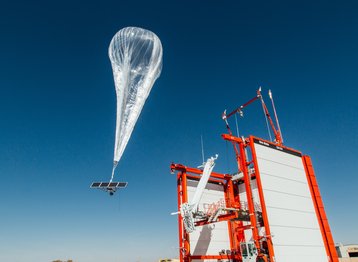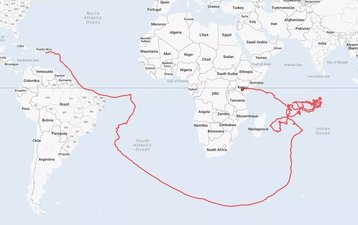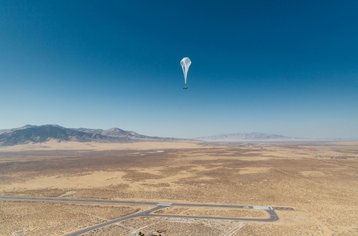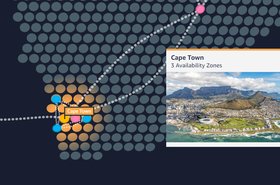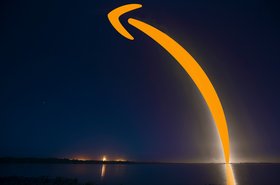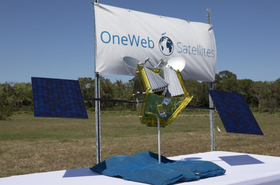Alphabet subsidiary Loon, the Google-originated project to provide Internet access using stratospheric balloons, has launched its first commercial service, in isolated regions in Kenya.
The balloons will essentially work as drifting cell towers, up to 25km (16 miles) high. Telkom Kenya, Loon's regional partner, will provide the network service that will be beamed to households and businesses spread across a mountainous region of 50,000 square kilometers (31,000 square miles). The initial plan is for 35 balloons, and many Kenyans have already been connecting via balloon without realizing during tests of the service, said the Loon CEO at the launch.
Floating cell towers
"In the course of the testing that led us to today’s service launch, many Kenyans have already been connecting to the internet through a balloon — although most didn’t realize it," said Loon CEO Alastair Westgarth. Telkom and Loon have been testing the balloons for the last two years but finally received the 'ok' from Kenya’s aviation authorities back in March to deploy the 4G balloons in Kenyan airspace.
Loon began in 2011 at Google's secret research division Google X, which later spun off as a separate subsidiary of Google's parent, Alphabet. Loon became a fully-fledged Alphabet subsidiary in 2018, and has tested its technology in various countries including the US, New Zealand, Sri Lanka and Brazil.
The company uses helium balloons 15m across, made of polythene that is less than one-hundredth of a millimeter thick. They are positioned between and 18km and 25km high, and navigate automatically, by adjusting their altitude to find layers of the atmosphere with a favorable wind speed and direction. The Loon balloons for Kenya were launched from Puerto Rico, and found their way to Kenya by a circuitous route.
Each balloon carries a 10kg (22lb) payload of electronics, including a radio hot-spot, LTE networking equipment, powered by a solar panel with batteries for night-time use,. Each balloon lasts about six months, before the electronics is parachuted back to earth.
“Our association with Loon will see us partner with a pioneer in the use of high-altitude balloons to provide LTE coverage across larger areas in Kenya. This collaboration also represents Telkom’s continued support of the Government, which will in the long run seek to help arrest the spread of the coronavirus that has now entered our borders,” said Telkom CEO Mugo Kibati said in March.
The CEO of Loon, Alastair Westgarth, wrote a blog post about the development, revealing some of the details about the operation. "The balloons themselves are launched via a machine that sends them up into the sky to be directed by machine-learning algorithms that he says "have developed their own interesting and complex navigational maneuvers."
The capacity of the floating 'cell towers' actually far surpasses their terrestrial cousins with a coverage of more than 11,000 square kilometers (almost 7,000 miles).
Loon has come close to commercial use before: in 2016, the Sri Lankan government announced a joint venture with Loon's then-owner Google for a service which would cover the whole nation. However, nothing has been heard of this recently, except for a Loon balloon crashing in 2016.
Africa seems to be more promising. On the back of the Kenya launch, Loon has now announced a joint venture to use Loon balloons in Mozambique.
"While Loon is essentially a network of floating cell towers, there are some differences between the services we offer," said Westgarth in his blog. "The operative word is 'floating,' which while giving short shrift to our advanced machine-learning algorithms, is important to understand the service that Loon provides.
"As our balloons, flight vehicles as we call them, float on stratospheric winds, they work together to provide coverage to areas below. Depending on their position, a flight vehicle can alternate between actively serving users, operating as a feeder link in our mesh network to beam the internet to other vehicles, or repositioning itself to get back to the service region. Still, other flight vehicles can be staged nearby (in stratospheric terms), waiting to enter the service region where they can begin providing connectivity."
The average speed that Loon can provide in the service region appears to be 18.9Mbps downlink, and 4.74 Mbps uplink, with a 19-millisecond latency.

